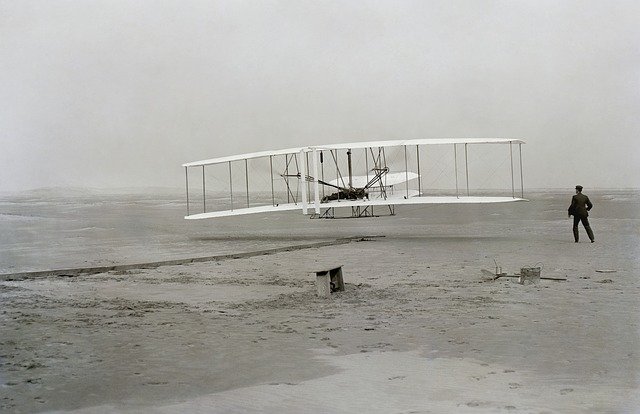
For an invention to be patented, it must have applicability.
The applicable condition is called applicability . What is applicable, meanwhile, is what must or can be applied (put on, placed, used).
Industrial applicability
Take the case of industrial applicability . For an invention to be patented , it must be applicable: that is, have applicability. On the other hand, it has to be novel (since no one had done it before) and have inventive activity (it is not obvious).
Applicability, in this way, appears as a requirement in various legislations . The idea in question must be susceptible to manufacture, which means it must be described exhaustively and clearly so that an expert is in a position to put it into practice and translate it.
Suppose someone tries to patent a process that contradicts the laws of physics . This particularity means that the project lacks industrial applicability and, therefore, cannot be patented.
Novel patent
Above we mentioned as a requirement for applicability that the patent be novel, but this should not be judged spontaneously or arbitrarily, but rather the laws establish the criteria to determine it. In technical terms, the invention should not be included in the state of the art . This means that it must not exist in the current records, both of current and applied for patents, that it must not be accessible to the national or international public in any format, including a written description.
In short, we can say that an invention is novel if no one has patented it before. It should be noted that, in the legal framework, this concept does not require that the idea dazzle the public because it is something "innovative" that no one had thought of until now; It is enough that your patent is not registered or applied for. It is important to highlight the international nature of this requirement, since if someone tries to patent an idea in one country but it has already been patented in another, it is not applicable.
inventive activity
The second concept that we will delve into is that of inventive activity . According to current regulations, for an invention to enjoy inventive activity it must not be obvious to experts if they rely on the state of the art. At this point, innovation is important, since to achieve applicability it is necessary that our proposal provides something that is not possible until now.
The complexity of this phase is much greater than that of the previous one, since here the observation of the invention must be done trying to maintain objectivity at all times, fighting against the inevitable subjectivity . Let us not forget that both the experts who analyze it and the potential consumers are human beings, with feelings, with spontaneous reactions that often overlook technical issues. For this reason, there are work methods to reduce subjectivity to the lowest possible degree.

An invention is novel if no one has patented (or attempted to patent) something similar to date.
Direct applicability
The notion of direct applicability , on the other hand, is used within the framework of the rules of the European Union ( EU ). This applicability refers to the ability of a legal act to be integrated into the legal system of the countries that make up the bloc and to generate legal consequences without the requirement of interposing national regulations.
In a broad sense, it can be stated that applicability is associated with the possibility of realizing a plan or materializing an idea . If a theoretical or ideal conception cannot be produced or executed in the real world, it has no applicability.
Let's imagine that a group of scientists develops a proposal to grow nutritious food in a poor, desert region. The applicability of the initiative depends on the probability of development of the species in question.
